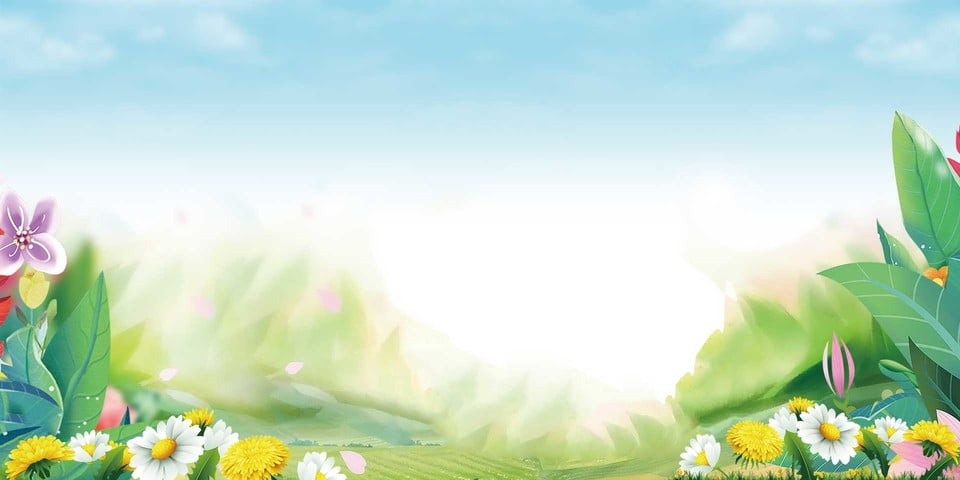It seems that the world is open to you, that there are no areas you can’t visit. Meanwhile, certain African fascinating tribes around the world do not welcome international visitors. They don’t have access to energy, and their world is vastly different from ours. Meet Africa’s most fascinating tribes and learn about their traditions!
They live in remote areas that are inaccessible by land. To get there, you’ll need to drive for many days, and the roads are often impassable. Travelling by land alone is insufficient in some areas; reaching them also necessitates sailing along African rivers.
Africa’s Most Fascinating Tribes
These tribes also have distinct genetic characteristics and languages that are not closely related to any other languages currently in use.
Bushmen
The San tribe, also known as the Bushmen, are the oldest African fascinating tribes. There is no leader among the Sans, and disagreements are resolved through lengthy discussions. The tribe’s belief system is based on the belief in a single, all-powerful God. The deceased are still remembered. Some people worship the moon as well. Dancing to cure the community is the most effective ritual. Everyone takes part in it, with women sitting around the central fire singing and clapping their hands. Dancers will fall into a trance (an altered state of consciousness) during the ceremony and be transported to the spiritual world, where they can pray for the souls of the sick.
Himba
The Himba tribe of Namibia is an African people who live in northeastern Namibia. It is one of the few traditional African fascinating tribes. It is home to some of the most beautiful people on the planet. They have symmetrical forms, prominent lips, and skin that is smooth and slightly red. The people’s colour is their distinguishing feature. A combination of brick-red orchids, ash, fat, and wild plant extract is responsible. It is mostly used to beautify the body, but it also serves as a defensive shield against harmful UV rays, parasites, and insects.
Maasai
The Maasai tribe lives in Kenya, an iconic African safari destination. They are well-known for their distinct culture and tribal garb. Despite programmes established by the governments of Kenya and Tanzania to encourage the Maasai to abandon their traditional, semi-nomadic way of life, the Maasai have maintained their age-old customs. The Maasai, like other African peoples, have a strong patriarchal character, with older Maasai people, often joined by retired elders, deciding much of the tribe’s major affairs.
Tuaregs
It is a one-of-a-kind matriarchal tribe in which women wield power. Tuaregs are nomadic people who live in different parts of the Sahara. In this tribe, women hold a powerful role. They used to choose their own husbands and inherit large sums of money. Tuareg men, unlike Tuareg women, wear veils. This is to guard against any harmful forces that might penetrate your mouth.
Water Bear
Nomadic tribes in Africa, such as the Wodaabe, roam the southern Sahara desert. This tribe is quite ancient, possibly dating back to the Stone Age. They stand out for their lack of a leader and their unique approach to skin and body care. Wodaabe’s men dress up a lot and wear a lot of make-up. Every year at the end of the rainy season, there is a beauty pageant. Over its lifespan, young men compete for the title of most attractive by dancing dressed up.
Zulu
The Zulus, who call themselves “people of heaven,” are South Africa’s largest ethnic community, with an estimated 10 million people living in KwaZulu-Natal. Stick battle is used to settle disputes between men in the tribe. When blood starts to circulate, the duel is over, and the winner tends to the loser’s injuries. Drums, along with dancing and singing, are an integral part of Zulu celebrations. Zulu culture has many dances that celebrate various aspects of life. The hunting dance, which imitates the movements of hunters, symbolises the bravery needed to hunt. The dance is performed before the warriors go hunting during the ceremony.



